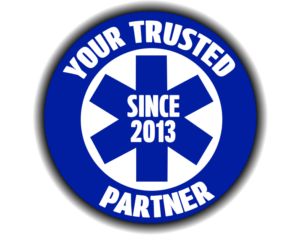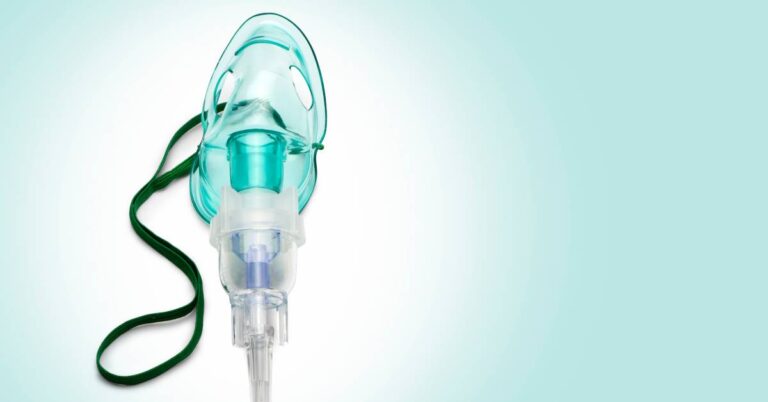
Navigating Regulatory Compliance: A Guide to Biomedical Equipment Standards
In the rapidly evolving field of healthcare, ensuring the reliability and safety of biomedical equipment is paramount. Navigating the intricate maze of regulatory compliance can be daunting, but understanding the nuances can make all the difference. This guide aims to shed light on key standards and best practices that govern the realm of medical devices.
Why Are Equipment Standards Crucial?
Every piece of biomedical equipment plays a critical role in patient care. Be it a basic blood pressure monitor or a sophisticated MRI machine, its reliability can mean the difference between life and death. Adhering to strict standards ensures:
-
Patient safety: Biomedical equipment standards are the backbone that ensures patient safety and the accuracy of diagnostics.
-
Operational efficiency: Properly maintained and compliant equipment is less likely to fail, reducing downtime and unnecessary expenses.
-
Legal protection: Adherence to standards safeguards against potential liabilities in the event of unforeseen incidents.
Key Regulatory Bodies and Standards
Food and Drug Administration (FDA): A pivotal regulatory body in the US, the FDA sets forth stringent requirements for the design, manufacturing, and marketing of medical devices. These regulations ensure the equipment is safe for use and achieves its intended purpose.
International Electrotechnical Commission (IEC): Globally recognized, IEC standards primarily focus on the safety and performance of medical electrical equipment.
ISO (International Organization for Standardization): ISO standards cover various aspects of medical devices, including quality management, risk management, and specific product standards.
Best Practices for Compliance
Here’s what to do to ensure you adhere to various biomedical equipment regulations:
-
Continuous training: Ensure your team remains updated with the latest regulatory requirements and standards. Regular training sessions can help in this regard.
-
Documentation: Maintain a comprehensive record of equipment, including purchase dates, maintenance schedules, and any incidents or repairs. This makes audits smoother and can be a lifesaver in cases of disputes.
-
Routine equipment maintenance: Adhering to the manufacturer’s maintenance recommendations ensures device longevity and keeps the equipment compliant with regulatory standards.
-
Engage with qualified suppliers: Collaborating with suppliers well-versed in regulatory standards ensures that the equipment you procure meets all the necessary requirements.
-
Stay updated: With the dynamic nature of technology, new standards are often developed. Regularly review and update policies to stay compliant.
Stay on Top of Biomedical Equipment Standards
Navigating the realm of biomedical equipment standards doesn’t have to be perplexing. By understanding and implementing these standards, you can ensure that your medical equipment is safe and effective.
If you’re in the market for EMS equipment, turn to Coast Biomedical, where we specialize in new and refurbished equipment from top brands. Our equipment meets or exceeds all manufacturer’s quality control standards, both functionally and cosmetically. Reach out to us today and elevate your medical equipment game.




